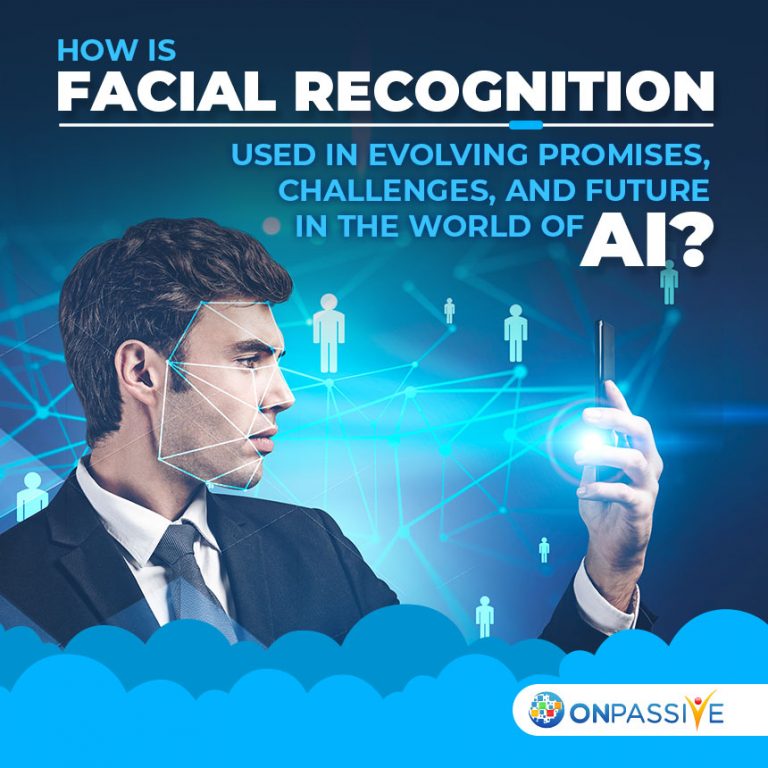
By identifying the users with discovered patterns and behavioral data, machines continue to improve their output, the latest AI. The offset technologies like Machine Learning and Deep Learning are used.
When it is unlocked, look at your smartphone screen and make a payment through a mobile wallet app. For authorization, look straight at the device camera. It is the way face recognition works in our day-to-day digital communications. But facial recognition is more than unlocking your smartphone or making any re-payment by showing your face towards a camcorder.
We already entered an era of face recognition of AI, more intelligently, and significantly for many tasks.
If you watch a movie like Minority Report, faces are scrutinized for possible future crimes that have experienced the technology’s fictional limitations.
This present disposition of the technology is still limited in recognizing the essential facial features regardless of outside effects, health problems, and emotional contours.
Facial Recognition AI and Safeguarding Privacy
Recognizing people’s faces in actual time has become a reality now. The administrative departments and security forces are further utilizing the technology to create a massive database of people’s faces in different situations.
With such a massive database of faces, expressions, and behavioral psychology, the administrative forces are progressing to create a robust algorithm that detects specific symbols of expressions that are most common in people before and after committing a crime.
With such intelligent utilization for facial recognition of AI continues to help at many purposes in our private and public lives, including authentication and security measures. There is a growing concern over data privacy and unauthorized access to facial recognition data for commercial purposes.
As of now, facial recognition technology has focused on the exceptional ease of offering user authentication across various digital applications.
But as facial recognition is increasingly getting powerful and is being used beyond the consumer apps, data privacy concerns increase.
At this time, the facial recognition data will be a more prominent subject to the privacy and data security concerns.
Just as the GPS and other technologies seek user permissions operating at the backend, AI-powered face recognition will seek permission and user consent to use face recognition and use the corresponding data for authentication and other purposes.
The New Era of Facial Recognition
Over the years, facial recognition as a technology has not stood still in the same spot. Instead, it continues to evolve and become more improved and sharpened in capabilities.
There are many pathfinding facial recognition features and applications for many years. For example, we saw several applications where you find several public images of that particular person across various platforms.
Once you upload a facial image through face recognition technology, it could only take a massive facial input database.
In these upcoming years, many leading brands and digital platforms create their databases loaded with facial data to utilize this technology for targeting clients and users precisely with CTA (Call-to-action).
While doing, the Artificial Intelligence (AI) technology will play a significant role in decoding its facial expression signifying user mood, pleasure, displeasure, and common triggers for buying wishes.
Deep Learning Algorithms and Facial Recognition
Now that we have explained the promises and possibilities associated with the facial recognition of AI technology. Now, it’s time to find out the common challenges preventing the implementation of this technology.
Still, the most well-equipped face recognition AI has shown shortcomings in identifying the same face correctly in different moods and feelings.
It has been known that a simple change of lighting or makeup or expression confuses a machine identifying familiar facial expressions.
Still, machines that are far behind the human capabilities regarding identifying different faces as our brain neurons are trained and well developed to recognize faces despite changes in expression and other factors.
The essential aspects creating difficulties for machines in recognizing the faces are
- Aging
- Emotions
- Illumination
- Posing.
These are the four factors that mainly contribute to the changing appearances of the faces.
These are also the four factors that make algorithms confused while recognizing the faces.
It happens to prevent; some sensors now use a different method. They segregate the face into different nodal points, such as the difference between the eyes, the difference between the nose and the upper lip. Based on these multiple measurements for every face, a unique code is created. The face recognition app recognizes a face or considers a face stranger based on this unique code’s database.
Conclusion
Lastly, modern face recognition algorithms also enjoy a clear edge over human capabilities. They learn from human errors and adjust their activities for future contexts. If an algorithm mistakenly cannot recognize a known face or confuses between two different faces, it learns from the mistakes. Accordingly, it creates a roadmap using this error data to minimize similar mistakes in the future.
By recognizing the users’ already detected patterns and behavioral data, machines continue to improve their output, which is what the latest AI and its offset technologies like Machine Learning and Deep Learning are doing.



Emambu Doris
3 years ago
Arnold Lakamanga
3 years ago
Anton Kittenberger
3 years ago